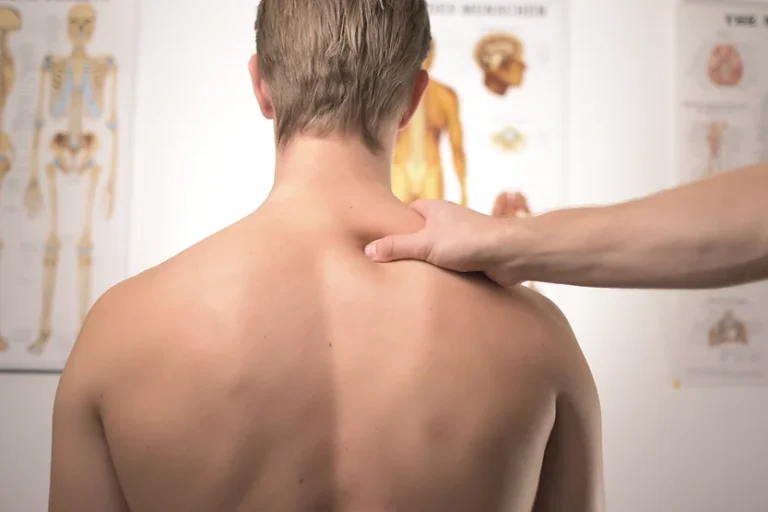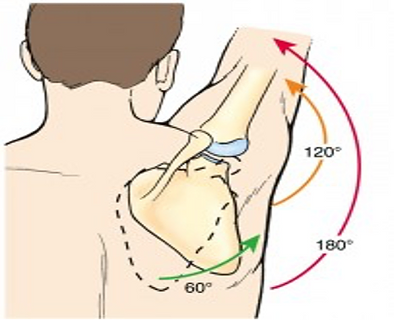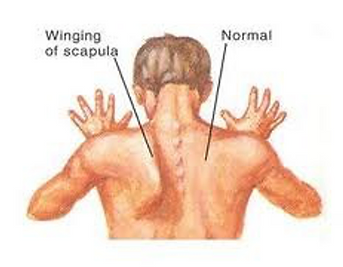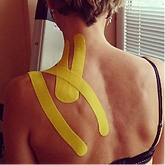Understanding the Scapulohumeral Rhythm
The Scapulohumeral Rhythm refers to the synchronisation of the scapula along with the humerus. This is necessary for a coordinated movement of the shoulder. The scapular muscles play a vital role in providing stability and assisting in movements that occur at the Shoulder joint and Scapulothoracic joint for optimal function of the shoulder joint.

Now, let us understand the Scapulohumeral Rhythm
For example, during the abduction movement of the shoulder joint, 120 degrees of motion is carried out at the glenohumeral joint and 60° at the scapulothoracic joint. Therefore the ratio of movement occurring at the glenohumeral joint to scapulothoracic joint is 2:1 and is known as the normal scapulohumeral rhythm.

A disturbed scapulohumeral rhythm is mainly due to a dysfunction of the movement occurring at the scapulothoracic joint. The dysfunction of the scapulothoracic joint leads to various conditions like:
- Impingement of the shoulder joint
- Scapular dyskinesis
- Shoulder instability
- Restriction of movement of the shoulder joint
The main reasons for an abnormal scapulohumeral rhythm are
- Fractures around the shoulder
- Glenohumeral joint degeneration
- Tightness of the shoulder muscles like pectoralis minor and biceps
- Reduced strength of the trapezius, serratus anterior and rotator cuff muscles
- Post-operative shoulder surgery
- Frozen shoulder/ Adhesive Capsulitis
The signs and symptoms common in patients with abnormal scapulohumeral rhythm include:
- Pain and tenderness around the scapula
- Limited movement of the shoulder joint
- Pain in the posterior and superior shoulder
- Drooping or elevated shoulder compared to the other
- Posterior tipping of the scapula

The physiotherapist, after a detailed assessment, will provide you with a rehabilitation program to correct the abnormal scapulohumeral rhythm.
Physiotherapy techniques to restore the scapulohumeral rhythm include
- Strengthening Exercise
- Kinesio taping
- Neuromuscular facilitation techniques
- Functional training
- Manual therapy techniques

Hence, abnormal Scapulohumeral Rhythm is definitely a matter of concern, but it is not something which cannot be corrected.
Reach out to us for expert guidance from our senior Physiotherapist and Shoulder Surgeon.
